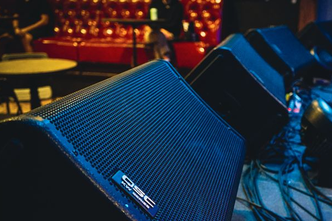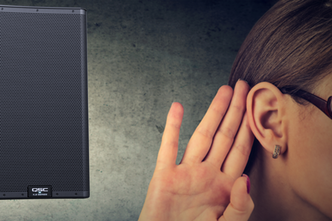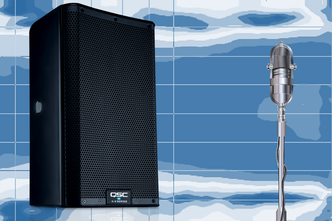
QSC loudspeakers are well-known to provide high-performance, accurate reproduction of audio sources in a wide range of applications. However, unlike a controlled studio environment, the real world provides myriad challenges to achieving sonically-pleasing results with QSC or any other loudspeaker. The conditions created by room shapes, ceiling heights, the presence of acoustically reflective or absorptive … Read More








